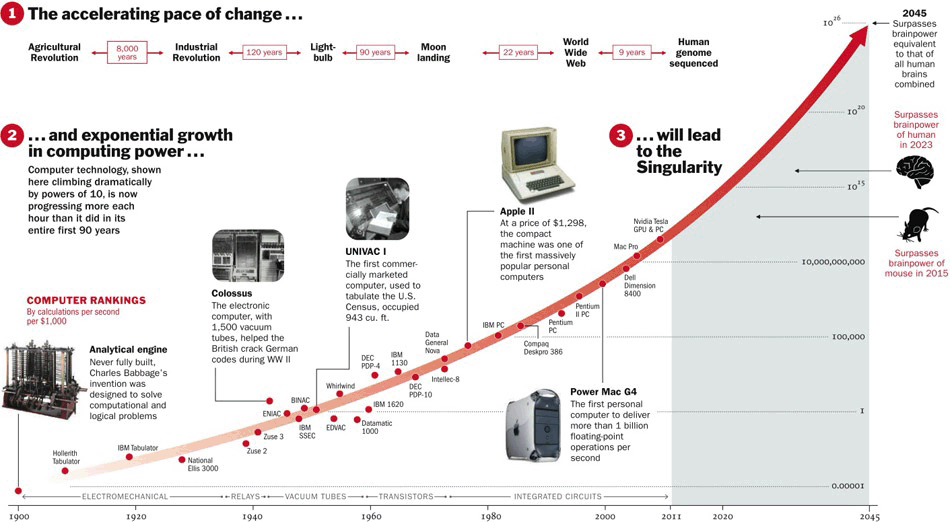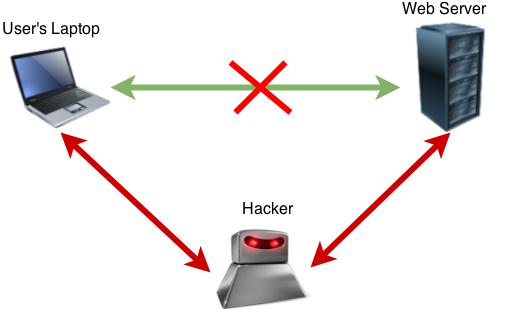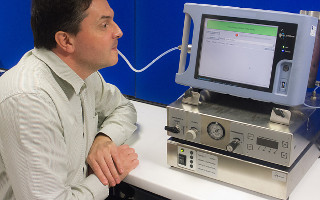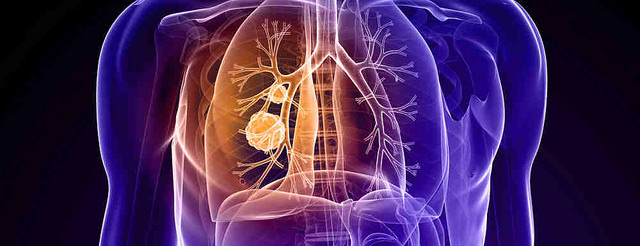As technology continues to improve, different forms of user interactivity have an impact around the world. For instance, ever since the introduction of the application Skype, millions of people prefer video calls in order to communicate with their friends by using their computer or smartphones. However, with the latest introduction of technological advancements such as the Oculus Rift and Microsoft’s HoloLens, a new way of immersion and entertainment is very likely to occur in the future.
By implementing augmented-reality, Microsoft’s HoloLens is capable of displaying high-definition holograms in 3D by wearing cordless smart glasses. For example, it will be possible to interact with digital objects as if they were physically present inside any room. Particularly, there are dozens of applications that this technology will be able to handle such as: creating 3D content, exploring places, playing videogames, etc. Nevertheless, unknown possibilities may happen as the device continues to improve according to the needs of society.
Microsoft’s next project, HoloLens, is expected to be introduced alongside the Windows 10 release

Having previously released different development kits, the Oculus Rift has gained popularity among many software developers. Using a head-mounted display and head tracking technology, the user is capable of being part of any virtual world. For example, a user wearing this device is able to interact in the application and look around his surroundings. In addition, it might be possible that this device implements real time chatting in the future.

Oculus Rift makes a deeper user immersion using its virtual reality technology. (Extracted from wikimedia commons)
In conclusion, even if virtual reality is in early development, it will definitely have a significant impact among its users by making their daily tasks easier and more interesting to do.
By Rafael Alfaro Martinez























